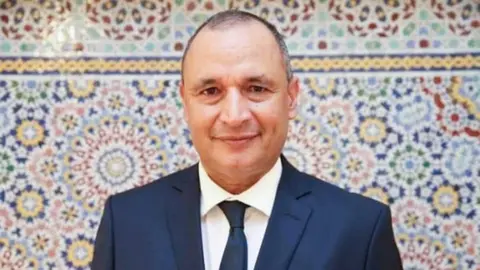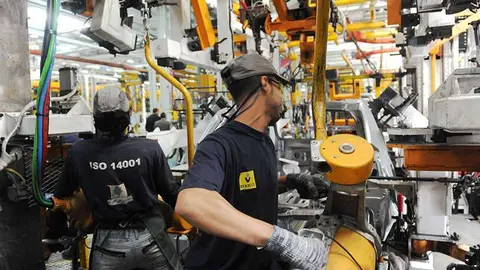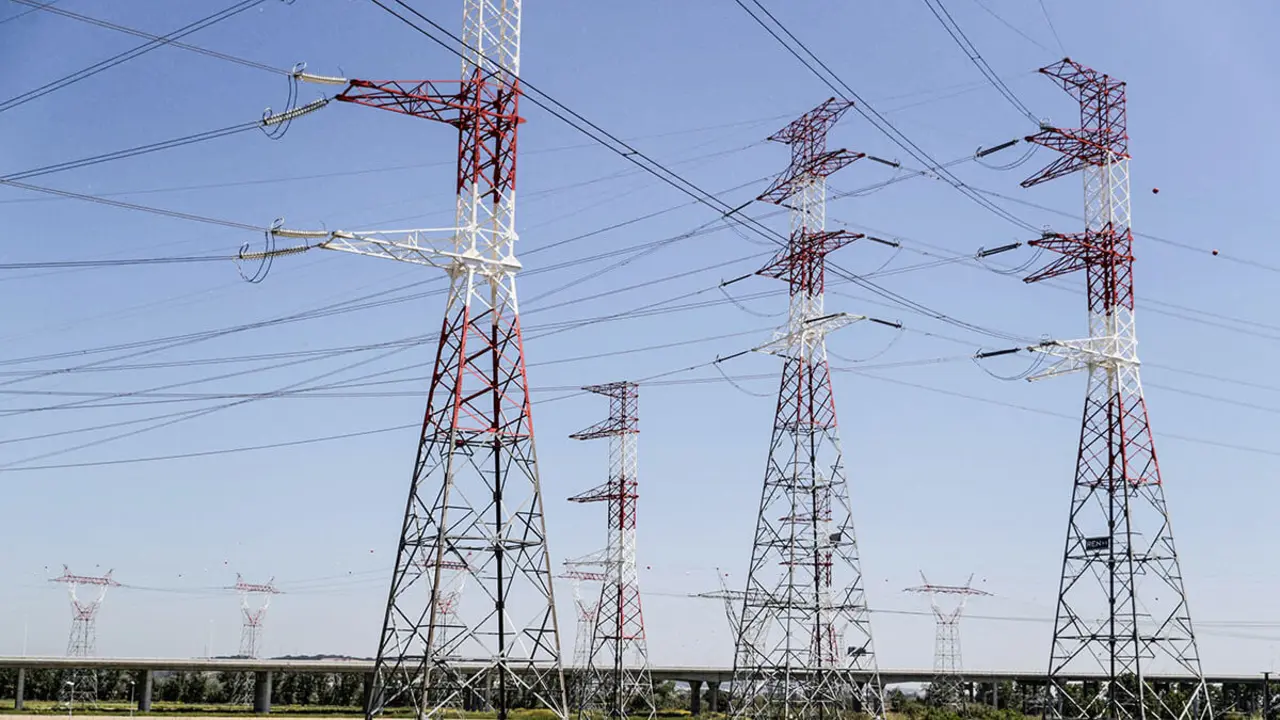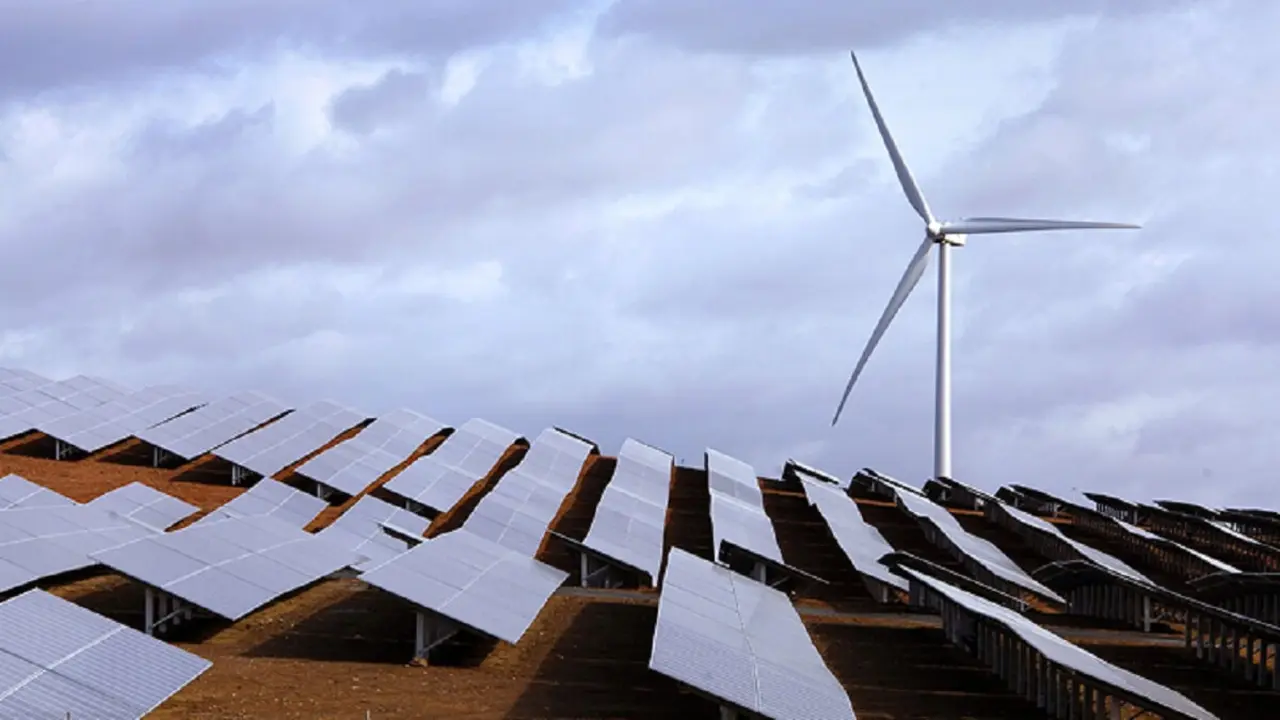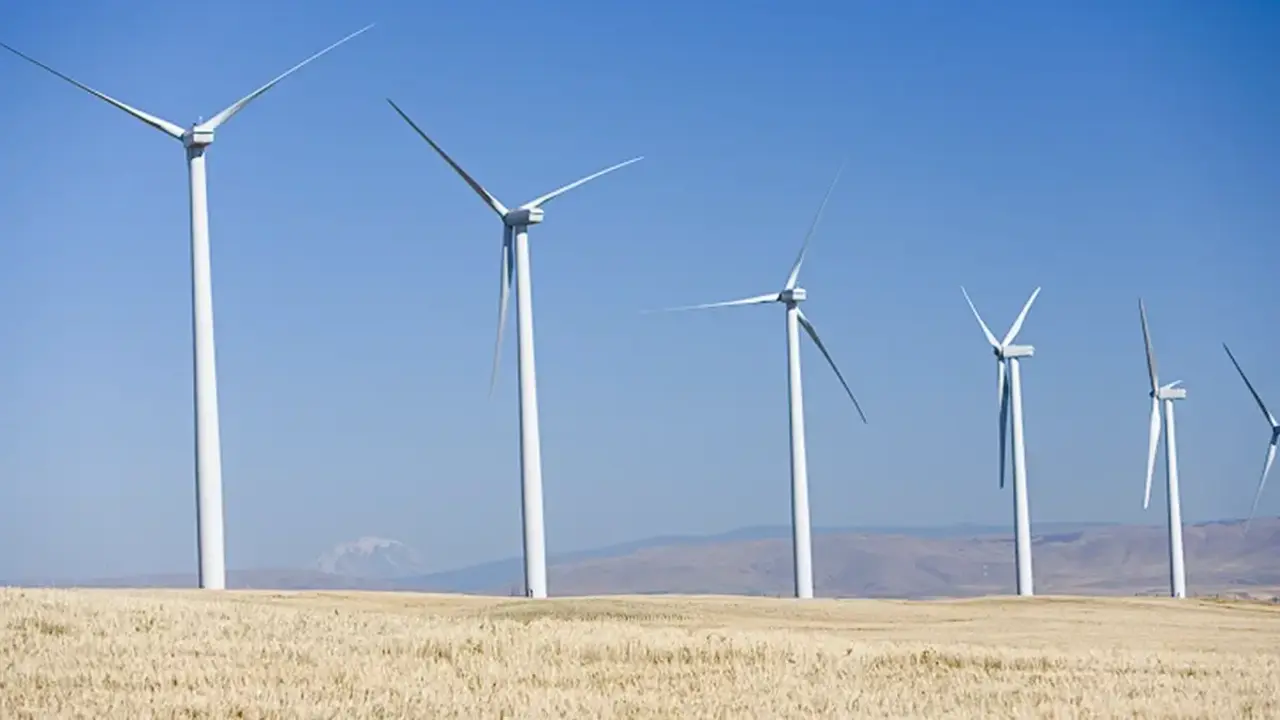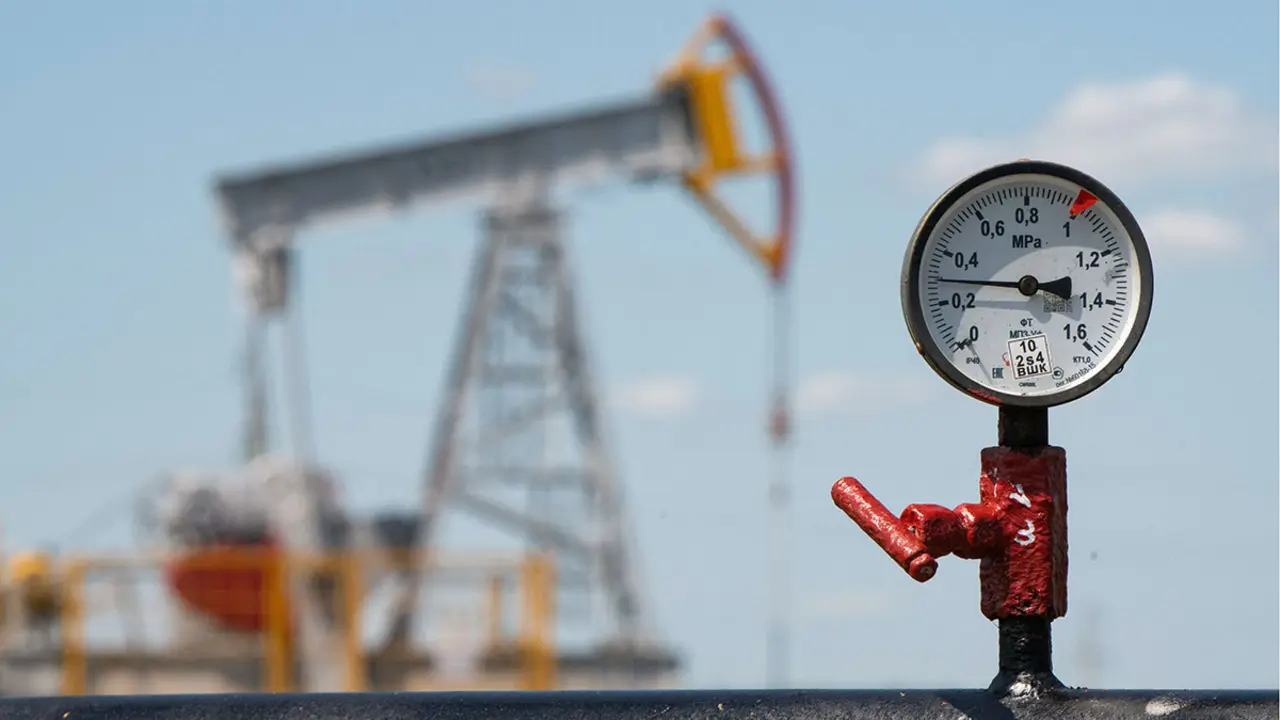Morocco writes its success story in the automotive industry

The success story of Morocco's automotive industry has been chronicled by the prestigious Financial Times, which describes the country as "Africa's largest automotive production centre" that is working to consolidate its position as a producer and active player on the global automotive scene.
In addition to the large number of vehicles manufactured in Morocco, which has broken several records in recent years in terms of production, exports and sales on the national territory, with a view to supplying the European vehicle market, the Alawi kingdom now has more than 250 automotive component manufacturers. These suppliers are mostly branches of foreign companies, which generate more than 220,000 jobs, according to the Financial Times.
The British newspaper highlights the rapid growth of the domestic car industry in a record time of less than twelve years, which has distinguished itself, in effect, by imposing a comprehensive supply chain. Comparing the early days with today, it is clear how Morocco has gone from producing 60,000 cars a year to a record 465,000 annually.
This is a big number, but it has not yet reached the horizon set by the Moroccan government's ambition to realise the goal of producing one million cars per year.
In addition to having a competitive group of automotive suppliers and automotive component manufacturers, Morocco can count on the training of its engineers, both men and women, who represent an interesting flow of industrial skills that ensures the empowerment of the workforce and the contribution to the development of the sector and innovation.

In Morocco, the Renault Group supplies 60% of the country's vehicle components, most of which are destined for export. The company is also committed to increasing this rate to 65% in order to lead the automotive industry in the Kingdom.
Renault's success story in Morocco began when the French company landed in the city of Tangier and opened a car factory at a location near the Tangier Med industrial complex, less than 14km from Spain. It then had a capacity of 400,000 cars.
Having succeeded in Morocco, Renault has become a role model for other companies that have decided to venture into Morocco, thus exploring the automotive sector on the African continent.
Meanwhile, the compatriot company Peugeot, a subsidiary of the Stellantis group, opened its own factory in Kenitra in 2019 with a budget of 600 million dollars with a capacity of 200,000 cars. And given the positive results it accumulated, the Stellantis group declared that it intends to invest some €300bn to double its production to 400,000 cars a year, the FT reveals.

However, despite Morocco's success in the automotive field, the African country still faces challenges to overcome. Thus, despite the progress made in the automotive economy, Morocco is obliged to take into account the evolution of the regulatory conditions set by the EU regarding the marketing of national products on the continent. It must therefore adapt quickly and efficiently to this new reality, particularly with the ban on the sale of internal combustion engine vehicles by 2035, the daily revealed.
In the context of environmental protection and the CO2 emission reduction programme, several companies have already started to take measures and adapt their production to the new environmental standards. Renault, for example, has already this year started to produce electric two-seater cars in Morocco.
Similarly, Dacia, bought by Renault in 1999, will bring its new generation 100% electric Sandero to the car market from Morocco. This change is knocking on the doors of other brands in the Stellantis range such as Opel and Citroën.
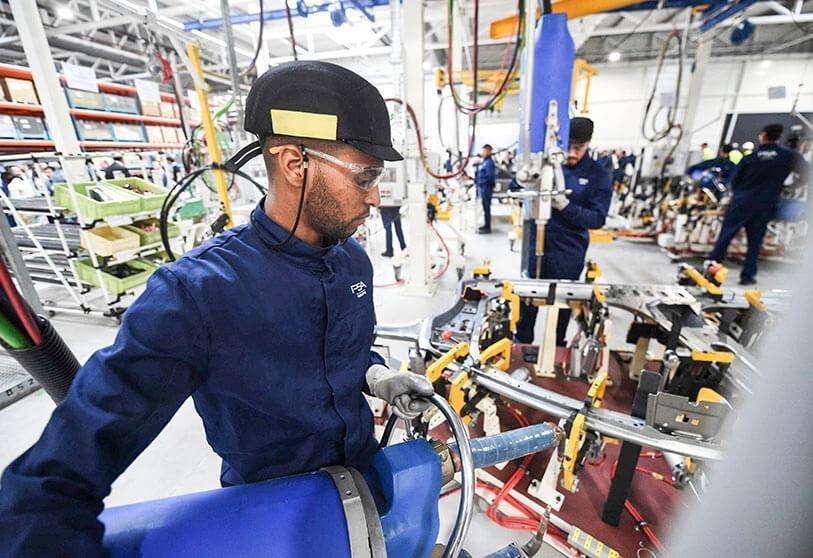
The energy transition that the world is experiencing and that Morocco is undergoing with its strategies aimed at promoting and developing clean energy means that the country is striving to improve and increase industrial production based on renewable or zero-emission energy. This challenge has prompted Morocco to take an interest in hosting electric battery factories, on the one hand, and to move ahead with the production of NamX hydrogen cars, on the other.
In the same vein, the co-founder of hydrogen car manufacturer NamX, Faouzi Annajah, told the British newspaper that "it is much easier to produce a car in Morocco today than it was ten years ago". A statement that is currently reflected in the Moroccan automotive economic reality, through the steadily rising figures of exports reaching 90.4 billion Dirhams in the first eight months of this year, with an estimated increase of 35.6% compared to the same period last year.

